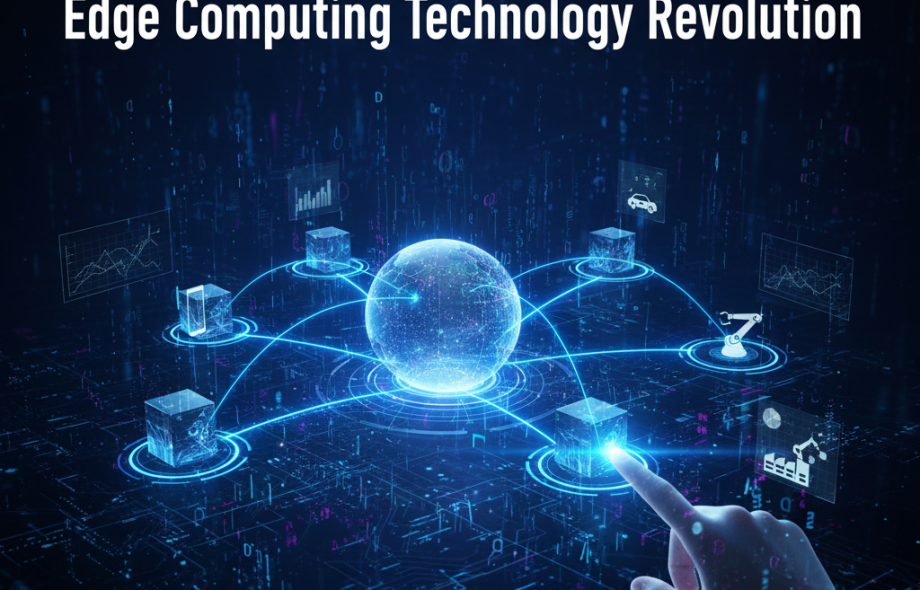Edge computing is a rapidly emerging trend in the world of technology, offering a solution to the challenges posed by centralized cloud computing. The concept of edge computing involves bringing computing power closer to where it is needed most, at the edge of the network, instead of relying on a centralized data center. This allows for faster processing of data and reduced latency, making it ideal for applications that require real-time data processing.
One of the key benefits of edge computing is its ability to handle large amounts of data while reducing the strain on network bandwidth. By processing data closer to its source, edge computing minimizes the need to transfer large volumes of data to a centralized data center for processing. This not only improves efficiency but also enhances security by keeping sensitive data closer to its origin.
In addition to improving data processing speeds and reducing latency, edge computing also offers greater reliability and resiliency. By distributing computing power across multiple edge devices, organizations can create redundant systems that are less susceptible to failures or disruptions. This is especially important for industries that rely on continuous operations, such as healthcare, manufacturing, and financial services.
Furthermore, edge computing plays a crucial role in enabling the Internet of Things (IoT) ecosystem. With the proliferation of IoT devices generating vast amounts of data, edge computing provides a way to process and analyze this data in real-time without overwhelming centralized cloud infrastructure. This opens up new possibilities for innovative applications and services that leverage the power of IoT devices.
As organizations embrace digital transformation and seek to leverage the vast amounts of data at their disposal, edge computing is poised to play a significant role in shaping the future of technology. By providing faster processing speeds, reduced latency, improved security, reliability, and resiliency, edge computing offers a solution to the limitations of centralized cloud computing.
In conclusion, edge computing represents a paradigm shift in the world of technology, offering a more decentralized and efficient approach to data processing. As organizations continue to explore the potential of edge computing, it is clear that this technology has the potential to revolutionize the way we interact with data and devices in the digital age.
 :
https://www.pinterest.com/xceltec0192/
:
https://www.pinterest.com/xceltec0192/

